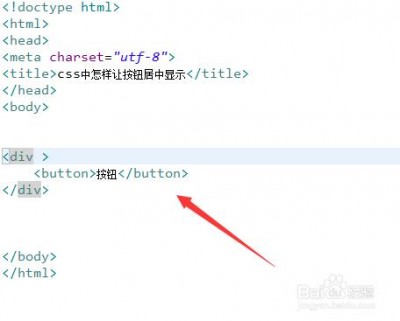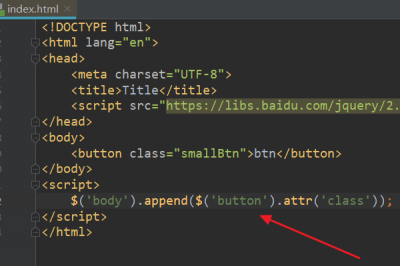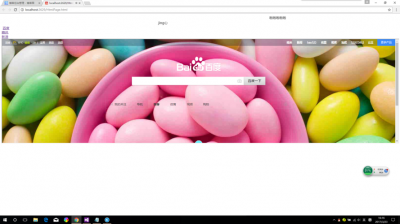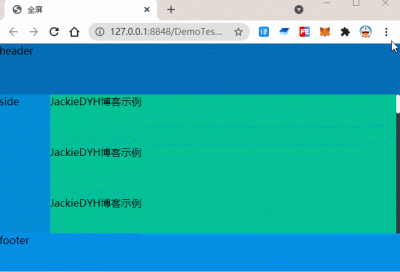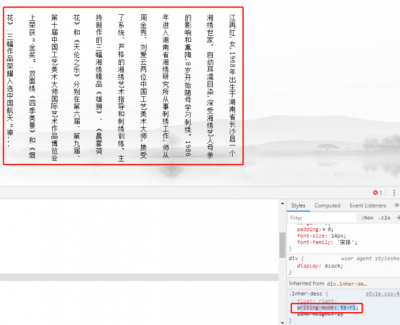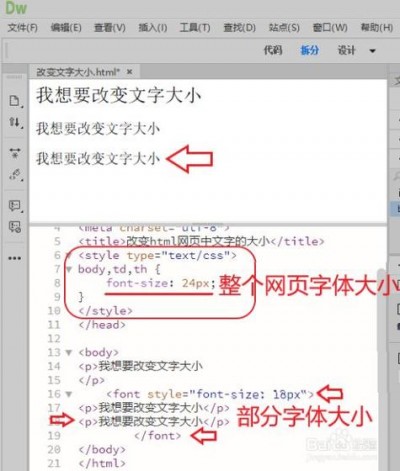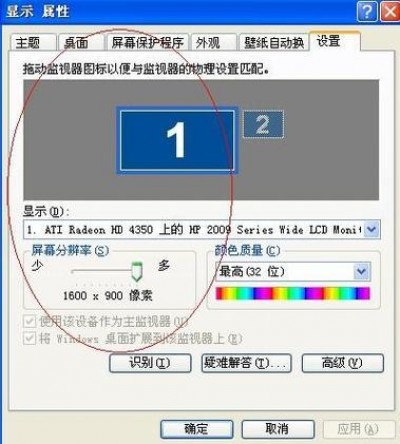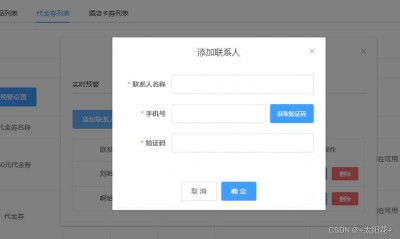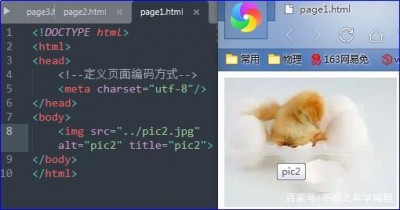在WinForm中处理窗体的大小和位置变化,可以通过以下几种方法:
(图片来源网络,侵删)
1、使用事件处理程序
2、使用布局管理器
3、使用锚点和停靠
下面将分别介绍这几种方法。
1. 使用事件处理程序
通过订阅窗体的Resize事件和Move事件,可以在窗体大小或位置发生变化时执行相应的操作,可以根据窗体的新大小重新调整控件的位置和大小。
示例代码:
private void Form1_Resize(object sender, EventArgs e) { // 根据窗体的新大小调整控件的位置和大小 } private void Form1_Move(object sender, EventArgs e) { // 根据窗体的新位置调整控件的位置 }2. 使用布局管理器
布局管理器可以帮助自动调整控件的位置和大小,以适应窗体的大小变化,常用的布局管理器有FlowLayoutPanel、TableLayoutPanel和GridLayoutPanel等。
示例代码:
// 创建一个FlowLayoutPanel FlowLayoutPanel flowLayoutPanel = new FlowLayoutPanel(); flowLayoutPanel.Dock = DockStyle.Fill; this.Controls.Add(flowLayoutPanel); // 添加控件到FlowLayoutPanel中 Button button1 = new Button(); button1.Text = "按钮1"; flowLayoutPanel.Controls.Add(button1);3. 使用锚点和停靠
锚点和停靠可以用于指定控件如何随窗体大小变化而调整其位置和大小,锚点可以将控件的一边固定到窗体的一边,而停靠可以将控件的一边与窗体的对应边保持一定的距离。
示例代码:
// 设置控件的锚点为左上角 button1.Anchor = AnchorStyles.Top | AnchorStyles.Left; // 设置控件的停靠距离为右边和底部各10像素 button1.Padding = new Padding(10, 10, 10, 10);通过以上方法,可以实现在WinForm中处理窗体的大小和位置变化,根据实际需求选择合适的方法进行使用。

